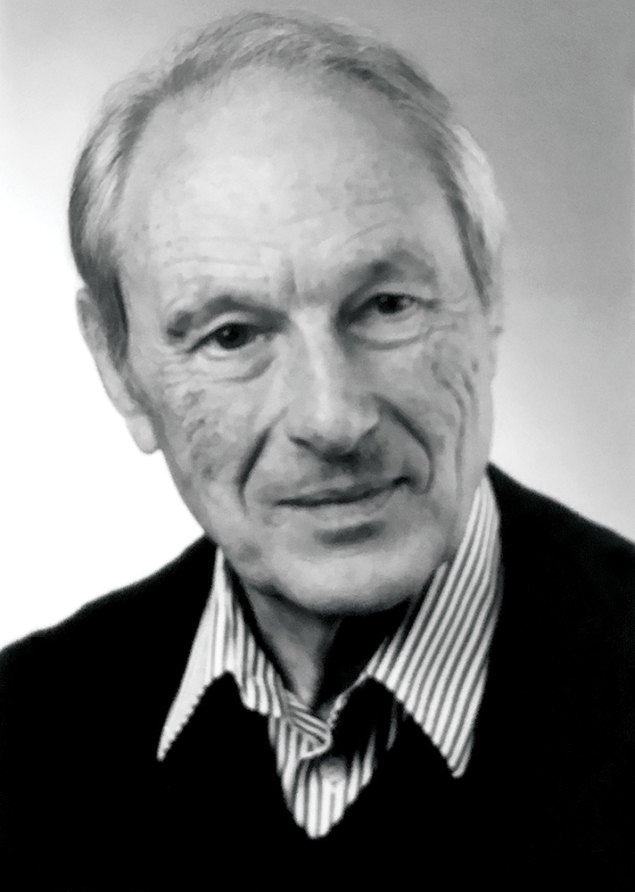
Swiss physicist Hans-Jürg Gerber passed away on 28 August last year. Born in Langnau/Kanton Bern, he studied and did his PhD from 1949 to 1959 at ETH Zurich on “Scattering and polarization effects of 3.27 MeV neutrons on deuterons”. He then worked at the University of Illinois in the US, before joining CERN from 1962 to 1968. There, he carried out experiments at the 28 GeV Proton Synchrotron (PS). He studied high-energy neutrino interactions using a spark chamber, and performed measurements of lepton universality. He also tested time-reversal invariance in the charged decay mode of the Λ hyperon. He was also PS coordinator from 1965 to 1966.
In 1968, Gerber became head of the research department at the Swiss Institute for Nuclear Physics (SIN). He was elected by the Swiss Federal Council to become associate professor of experimental physics in 1970, and in 1977 promoted to full professor. Gerber initiated basic research at SIN and later at the Paul Scherrer Institute (PSI) with his precision experiments on the decay of charged muons – experiments that continue to this day at PSI (see p45). His flair for the fundamental led to the most general determination of the leptonic four-fermion interaction for the normal and inverse muon decay using experimental data, which brought him international recognition.
In the 1980s and 1990s, Hans-Jürg returned to CERN to help set up and operate experiment PS195 (CPLEAR) for studying CP violation using a tagged neutral-kaon beam. The concept of the experiment, which involved tagging the flavour of the neutral kaon at the point of production, was opposite to already operational kaon experiments based on K-short and K-long beams. As a skilled experimenter, he contributed significantly to the success of CPLEAR with unconventional ideas. For example, during a crisis when the liquid-scintillator started to develop air bubbles due to the heat from nearby electronics, he invented a system to remove the air dissolved in the liquid using ultrasound. CPLEAR’s measurements on the violation of time-reversal invariance (T-invariance) and tests of quantum mechanics were the starting point for significant theoretical work he undertook on T, CP and CPT invariance.
While he retired in the spring of 1997 after a long and extremely successful career, he still continued working on particle physics with various publications on the interpretation of the CPLEAR results regarding testing of quantum mechanics, T- and CPT-violation. He was also a contributor to the review of particle physics in the Particle Data Group.
Experiment, theory and teaching formed a unity for Hans-Jürg. This was particularly evident in his lectures, in which he enthusiastically conveyed the joy of physics to his students. We also remember dinners with Hans-Jürg after long working days setting up experiments, where we talked about all possible physics questions.
He is survived by his wife Hildegard, his three children and grandchildren.








